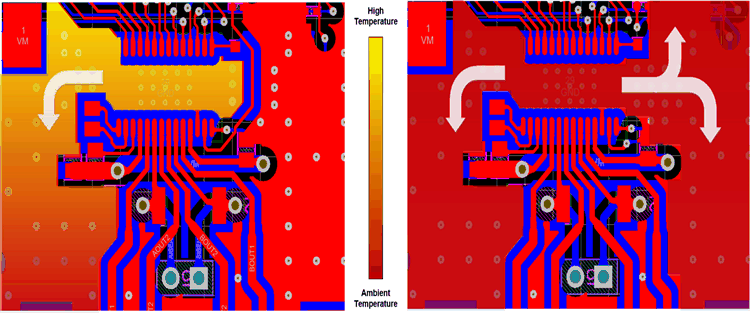SLVA959B November 2018 – October 2021 DRV10866 , DRV10963 , DRV10964 , DRV10970 , DRV10974 , DRV10975 , DRV10983 , DRV10983-Q1 , DRV10987 , DRV11873 , DRV3205-Q1 , DRV3220-Q1 , DRV3245E-Q1 , DRV3245Q-Q1 , DRV8301 , DRV8302 , DRV8303 , DRV8304 , DRV8305 , DRV8305-Q1 , DRV8306 , DRV8307 , DRV8308 , DRV8312 , DRV8313 , DRV8320 , DRV8320R , DRV8323 , DRV8323R , DRV8332 , DRV8343-Q1 , DRV8350 , DRV8350R , DRV8353 , DRV8353R , DRV8412 , DRV8701 , DRV8702-Q1 , DRV8702D-Q1 , DRV8703-Q1 , DRV8703D-Q1 , DRV8704 , DRV8711 , DRV8800 , DRV8801 , DRV8801-Q1 , DRV8801A-Q1 , DRV8802 , DRV8802-Q1 , DRV8803 , DRV8804 , DRV8805 , DRV8806 , DRV8811 , DRV8812 , DRV8813 , DRV8814 , DRV8816 , DRV8818 , DRV8821 , DRV8823 , DRV8823-Q1 , DRV8824 , DRV8824-Q1 , DRV8825 , DRV8828 , DRV8829 , DRV8830 , DRV8832 , DRV8832-Q1 , DRV8833 , DRV8833C , DRV8834 , DRV8835 , DRV8836 , DRV8837 , DRV8837C , DRV8838 , DRV8839 , DRV8840 , DRV8841 , DRV8842 , DRV8843 , DRV8844 , DRV8846 , DRV8847 , DRV8848 , DRV8850 , DRV8860 , DRV8870 , DRV8871 , DRV8871-Q1 , DRV8872 , DRV8872-Q1 , DRV8873-Q1 , DRV8880 , DRV8881 , DRV8884 , DRV8885 , DRV8886 , DRV8886AT , DRV8889-Q1
2.2 Continuous Top-Layer Thermal Pad
Connecting the thermal pad to a solid copper plane is an important requirement to create an exit path for heat generated in the driver die. For the heat to flow away from the device, copper planes must be continuous from the thermal pad to other areas on the board. A best practice is to include a wide exit path from the copper fill underneath the driver into a wide, high surface area plane. If these planes are interrupted, the exit path for heat is constricted which increases the thermal resistance. An increase in the thermal resistance creates a larger temperature differential between the thermal pad and wider surface area on the same plane. Figure 2-2 shows an example of temperature rise from constricted versus continuous ground pours underneath the driver.
 Figure 2-2 Broken Ground vs Continuous Ground Pour Heat Map
Figure 2-2 Broken Ground vs Continuous Ground Pour Heat MapKeeping a continuous copper thermal pad underneath the driver is important for efficient device cooling. Incorporating wide paths to high surface area planes keeps the thermal resistance at a minimum between the driver thermal pad and ambient air temperature.